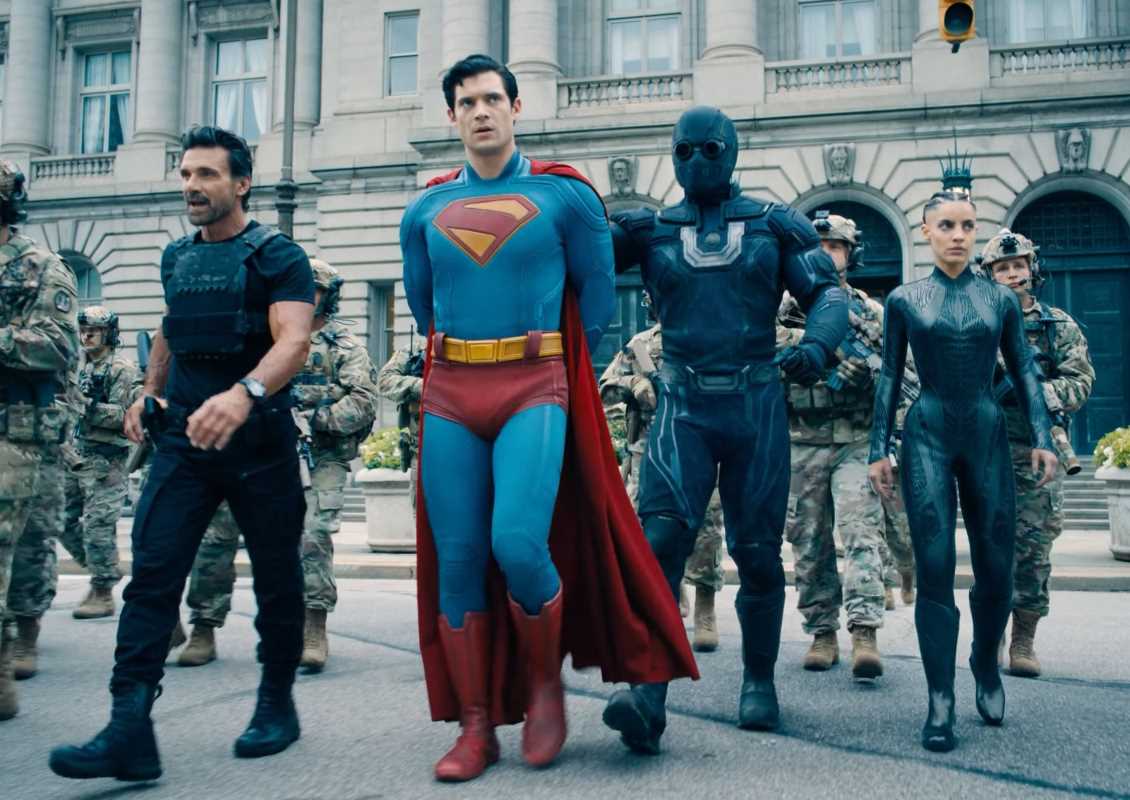Movies often entertain us with action, romance, or comedy, but they can also quietly hold a mirror up to society, urging us to examine the world we live in. One fascinating way filmmakers do this is by exploring class divides. Instead of loud, direct statements, many films unravel the complexities of wealth, privilege, poverty, and societal roles through subtle storytelling. With sharp dialogue, nuanced characters, and layered plots, these movies gently challenge viewers to think about the economic and social inequalities that shape our lives.
Why are these kinds of films so powerful? Perhaps it’s because they don’t preach or force their message. Instead, they invite us into richly crafted worlds where the gap between the haves and have-nots often plays a central but quietly poignant role. From Oscar-winning hits to indie gems, these movies remind us how class struggles influence relationships, opportunities, and identities. Here’s a breakdown of some films that masterfully explore the class divide without making it too obvious.
Why Subtlety Works
Many filmmakers prefer subtle narratives when addressing class divides because they encourage audiences to discover messages for themselves rather than delivering them on a silver platter. This allows for more personal interpretations and a deeper emotional connection to the characters. By embedding themes into nuanced interactions and visual contrasts, rather than force-feeding dramatic resolutions, subtle films build awareness in a thought-provoking way.
1. Relatable Characters
Viewers see parts of themselves in these films’ everyday struggles or privileges. Whether you identify more with the wealthy family or the struggling single mom, these relatable elements stir empathy and a connection to real-world realities.
2. Small Conflicts, Big Impacts
Subtle movies often zoom in on small, personal conflicts that reveal larger societal inequalities. A job interview, a slice of birthday cake, or a careless remark might seem minor, but the meaning behind these moments can be profound.
3. Visual Storytelling
A director might not need a single word to explain economic disparity. A camera shot showing two dramatically different houses or a table laden with food contrasted with an empty fridge can say everything.
Now that we understand how subtle storytelling works, it’s time to explore some standout films.
Films That Master Subtle Storytelling About Class
Parasite (2019)
Bong Joon-ho’s Parasite is one of the most celebrated films to explore class disparity, and it does so with rich storytelling and dark humor. The movie follows the Kim family, a poor household that cleverly infiltrates the life of the wealthy Park family by providing various services like tutoring and housekeeping. What starts as a series of comedic and opportunistic interactions soon spirals into a tense reflection on how wealth divides, exploits, and isolates people from one another.
Why it works: Bong never explicitly spells out his themes—instead, he uses the physical contrast between the Kims' cramped, semi-basement apartment and the Parks’ bright, sprawling home to communicate inequality. This visual juxtaposition pairs with subtle moments, like the Parks casually viewing the Kims’ hardships as inconveniences.
Shoplifters (2018)
Directed by Hirokazu Kore-eda, Shoplifters tells the story of a family living on the margins of Japanese society. While they appear to be a close-knit group, they’re actually bonded by unconventional means, surviving through shoplifting and questionable morality. The film explores what it means to be a family while shedding light on the economic traps that keep people stuck at the bottom of society.
Why it works: Kore-eda focuses on the humanity of his characters—not their flaws or criminal acts. By telling a tender and intimate story, he quietly critiques the structural inequalities that force families to resort to desperate measures.
The Florida Project (2017)
With The Florida Project, director Sean Baker offers an up-close view of poverty just steps away from one of the wealthiest attractions in the world—Disney World. The film centers on Moonee, a spirited six-year-old who lives in a budget motel with her young, struggling mother, Halley. While Moonee’s adventures make the movie feel lighthearted at first, the economic struggles of Halley subtly creep to the forefront, underscoring a lack of security and systemic failures.
Why it works: Baker avoids sensationalism, opting instead for slice-of-life storytelling. By showing how children like Moonee find joy in small things despite their surroundings, he delivers a heartbreaking contrast to their precarious living conditions.
Sorry We Missed You (2019)
Ken Loach’s Sorry We Missed You exposes the realities of the gig economy through the lens of one working-class family in Newcastle, England. Ricky Turner, the father, works as a delivery driver trying to make ends meet, but the “freedom” promised by gig work proves to be a harsh trap. With long hours, penalties for delays, and intense physical demands, Ricky’s job strains his health and family relationships.
Why it works: Loach’s no-frills direction keeps the focus on the characters’ daily struggles. Through their interactions and mounting hardships, the film demonstrates how inequality isn’t always loud or dramatic but can quietly chip away at people’s lives.
Pride and Prejudice (2005)
Even period dramas can tackle class differences with a subtle hand. Joe Wright’s adaptation of Jane Austen’s Pride and Prejudice dives into the economic limitations faced by women in 19th-century England. At its heart is a love story between Elizabeth Bennet, the sharp-witted daughter of a lower-class family, and Mr. Darcy, a wealthy and reserved aristocrat. Much of the tension between the two revolves around societal expectations and power imbalances.
Why it works: Austen’s timeless critique of class disguises itself as romance. By focusing on Elizabeth’s wit and self-respect, the film explores the unspoken power dynamics that wealth creates, even between people who care deeply for one another.
The Farewell (2019)
Lulu Wang’s The Farewell is a tender and understated exploration of family, identity, and economic pressures. It follows Billi, a young Chinese-American woman who’s caught between her Western values and her Chinese family’s traditions. The story unfolds as her family reunites to say goodbye to her grandmother under the guise of a fake wedding. Throughout the movie, subtle conversations and cultural expectations highlight the invisibility of financial strain and the pressures placed on individuals to support their families.
Why it works: With heartfelt dialogue and restrained visuals, The Farewell skillfully illustrates contrasts between classes and cultures, without resorting to clichés.
Blue Jasmine (2013)
Woody Allen’s Blue Jasmine tells the story of a wealthy socialite, Jasmine, who falls from grace after her husband’s financial crimes are exposed. The film follows Jasmine as she struggles to adjust to a more modest lifestyle, providing a window into the fragility of privilege. While the focus is on her personal unraveling, the story touches on the economic divide between Jasmine and her sister, who represents true working-class struggles.
Why it works: Through psychological drama and bits of humor, the film reveals how class influences identity and how some people cling to wealth even as the illusion of it crumbles.
Visual Storytelling in Class Divide Films
Filmmakers often use visuals just as effectively as dialogue to communicate the class divide. Here are subtle techniques they rely on:
- Contrasting Spaces: Wealthy homes versus cramped apartments or chaotic streets tell stories without words.
- Costume Design: Simple cues like worn-out clothing versus tailored suits reveal financial differences immediately.
- Body Language: Posture, mannerisms, even the way characters eat can subtly show their social status.
 (Image via
(Image via





